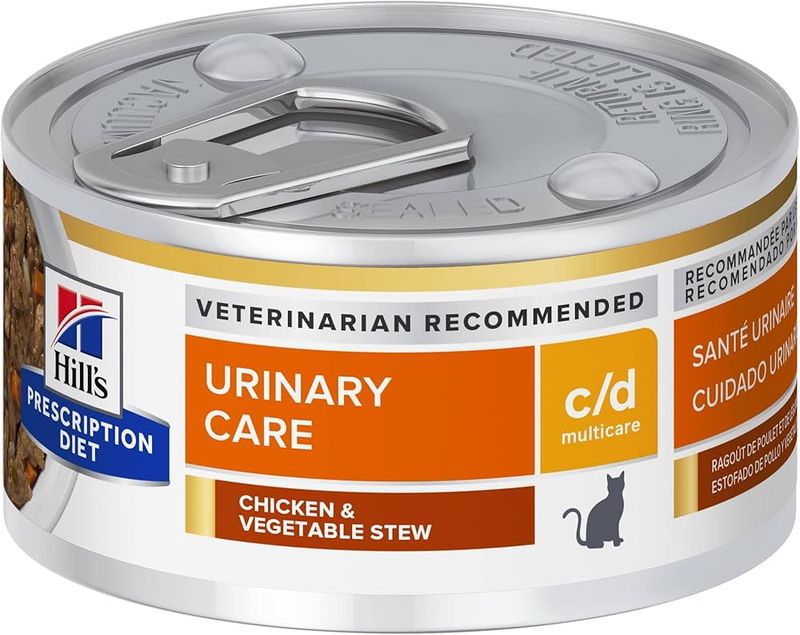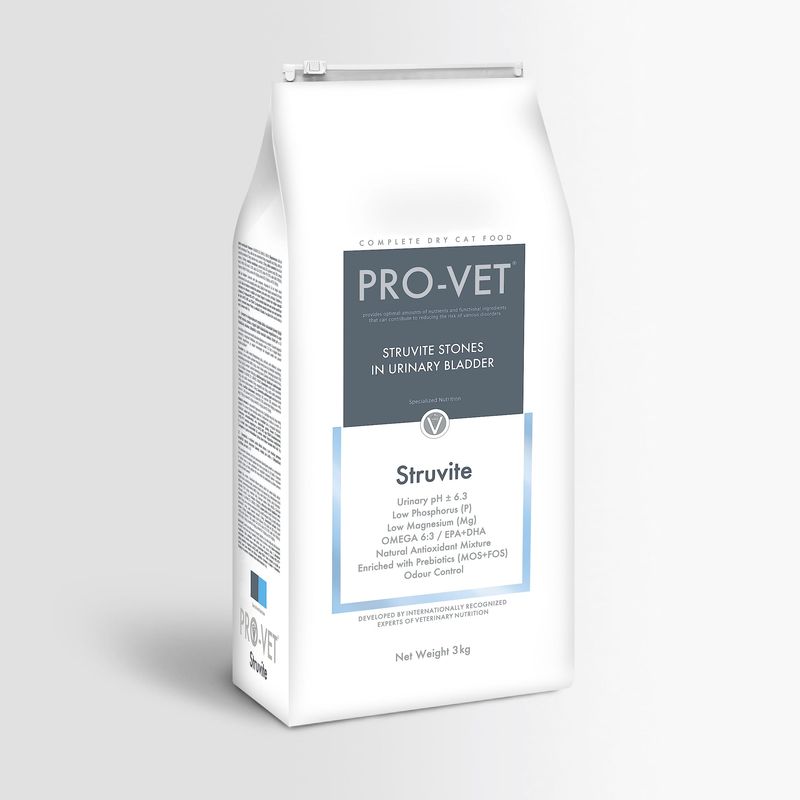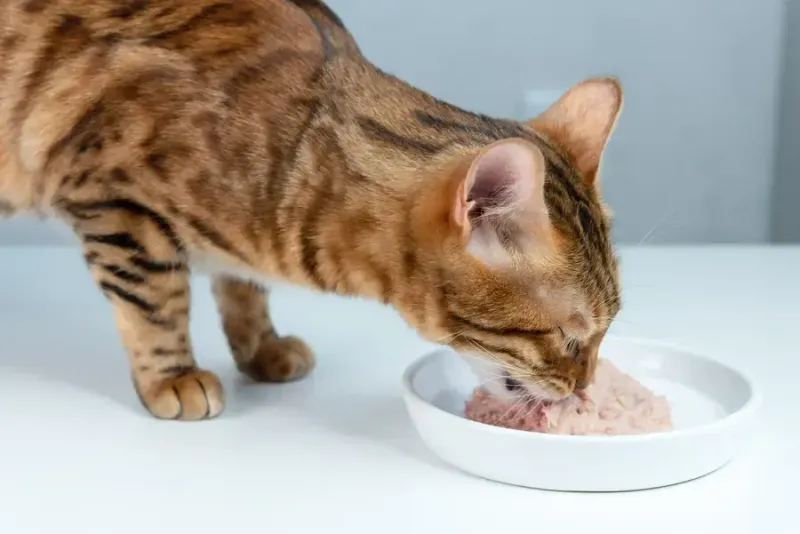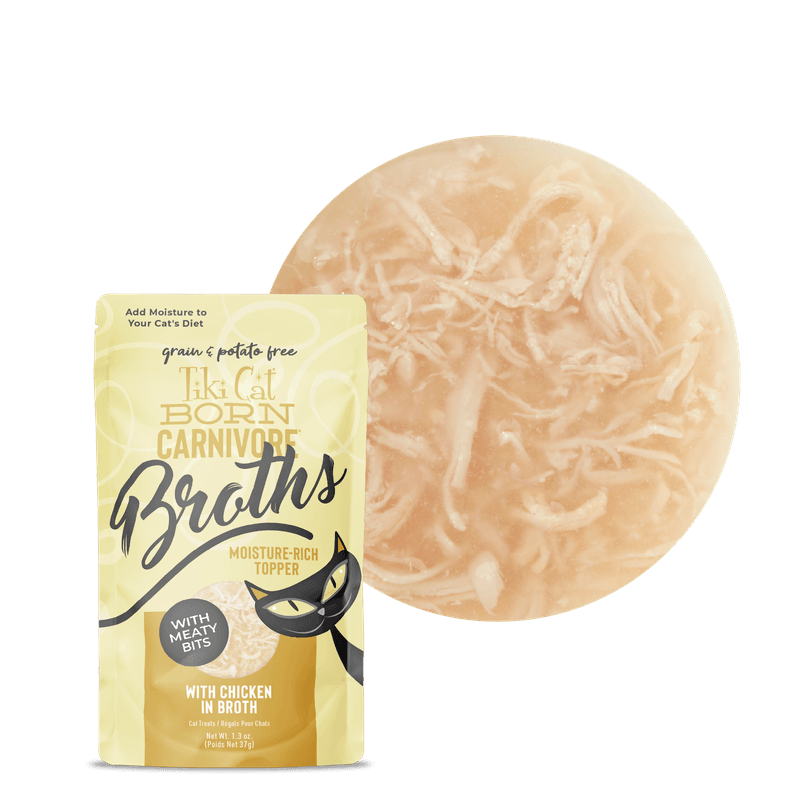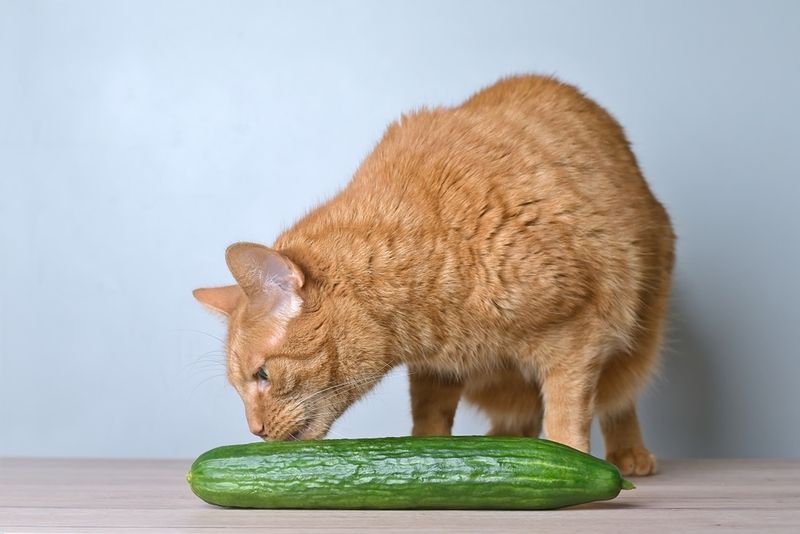📖 Table of Content:
Bladder stones in cats can be a recurring and painful issue, often requiring surgical intervention like a cystotomy to remove them. After treatment, one of the most important steps in preventing their return is managing your cat’s diet carefully. The types of food your cat eats can directly influence the concentration of minerals and pH in the urine, two major contributors to stone formation.
Many pet owners are surprised to learn that not all commercial cat foods are created with urinary health in mind. Some diets contain high levels of minerals like magnesium or phosphorus that can promote stone growth, especially in cats prone to struvite or calcium oxalate crystals. That’s why veterinarians often recommend specialized foods or dietary changes after a cat undergoes bladder stone surgery.
The goal is to keep your cat’s urinary tract healthy by reducing the chances of stones forming again. Increasing hydration, lowering mineral load, and maintaining proper urinary pH are all key strategies. Below are eight types of food—ranging from full diets to treats and hydration boosters—that can help your feline friend stay stone-free and feel their best.
1. Prescription Urinary Diets
Veterinary-prescribed urinary diets are often the first line of defense against recurring bladder stones. These diets are scientifically formulated to dissolve certain types of stones and to keep urine at a pH that prevents new ones from forming. They also limit minerals like magnesium and phosphorus that can contribute to crystal buildup. Because they’re nutritionally balanced and safe for long-term feeding, they’re a go-to recommendation for many vets. Brands like Hill’s c/d Multicare and Royal Canin Urinary SO are well-studied and widely available. You’ll often see improvement in urinary health within a few weeks of switching. These diets are available in both wet and dry forms to accommodate different preferences.
2. Wet/Canned Cat Food
Canned food is a simple yet effective way to increase your cat’s daily water intake. Hydration helps dilute minerals in the bladder, reducing the risk of stones forming. Cats are naturally poor water drinkers, especially when fed only dry kibble. Wet food provides moisture directly through meals, helping to keep the urinary tract flushed. Even if your cat isn’t on a prescription diet, switching to a high-quality canned formula can make a big difference. Look for wet foods labeled as “urinary care” or with low ash and magnesium. Your vet can help select a canned option that aligns with your cat’s specific needs.
3. Low-Magnesium Foods
Excess magnesium in a cat’s diet is a known factor in the development of struvite crystals and stones. Reducing magnesium levels can help prevent these issues, especially in cats with a history of FLUTD (Feline Lower Urinary Tract Disease). Low-magnesium foods are often marked on labels, but it’s important to look for values below 0.1% on a dry matter basis. Not all low-magnesium foods are created equally, so it’s best to choose one recommended by a vet. These diets are especially helpful when combined with proper urinary pH control. Always introduce dietary changes gradually to avoid upsetting your cat’s digestion. Monitor your cat’s urine with vet guidance to ensure the food is doing its job.
4. Low-Phosphorus Diets
Just like magnesium, excess phosphorus can promote the formation of struvite and other types of urinary stones. Diets low in phosphorus help reduce crystal saturation in the bladder, creating a more stable urinary environment. Many urinary-care diets naturally contain reduced phosphorus levels. This mineral is common in fish-based foods and organ meats, so avoiding those can help too. Low-phosphorus diets are also beneficial for cats with early kidney issues, which sometimes coincide with urinary conditions. When phosphorus intake is controlled, urinary health tends to improve alongside other systemic benefits. Be sure to balance phosphorus reduction with overall nutritional adequacy.
5. Chicken or Turkey (Plain, Cooked)
Lean meats like chicken or turkey can be a healthy treat option for cats prone to bladder stones. These proteins are low in the minerals that often contribute to stone formation and are easy to digest. Always serve them cooked, unseasoned, and without added oils or sauces. They shouldn’t replace a balanced urinary-care diet, but they can be used occasionally to keep meals interesting. Cats recovering from surgery may appreciate a soft, protein-rich meal topper like shredded turkey breast. Just be sure to remove bones and skin, which can add unnecessary fat or hazards. Used wisely, lean meats can help maintain urinary health while satisfying your cat’s taste buds.
6. High-Moisture Treats
Encouraging your cat to drink more can be challenging, which is why broth-based treats are a great hydration hack. Look for low-sodium, cat-specific broths or gently offer plain chicken broth made at home with no garlic, onion, or salt. These treats help stimulate the appetite and support hydration at the same time. The added moisture can dilute urine, lowering the concentration of harmful crystals. You can pour broths over regular food or offer them as a separate snack. They’re especially useful during recovery or for picky eaters who resist canned food. Always read ingredient labels carefully to ensure safety.
7. Water-Rich Fruits/Veggies
Although cats are obligate carnivores, some enjoy occasional nibbles of fresh fruits or vegetables—especially those with high water content. Cucumber slices or small melon chunks can provide a hydrating snack, but only in moderation and under supervision. These foods are not nutritionally complete and should not make up a large portion of the diet. However, their water content can offer a subtle hydration boost, especially in dry months. Make sure all treats are seedless and peeled, and introduce new foods slowly. Not all cats will accept them, but for the few who do, it’s a gentle, natural way to support urinary function.
8. Foods with Added Omega-3 Fatty Acids
Omega-3 fatty acids, often sourced from fish oil, can help reduce inflammation in the bladder and urinary tract. Inflammation is a key factor in many chronic urinary conditions and may contribute to stone recurrence. Foods rich in omega-3s support not just bladder health, but also skin, joints, and immune function. Some urinary-care diets already include omega-3s, or they can be added through supplements with vet approval. It’s important to choose high-quality, cat-safe fish oils to avoid contamination or excess vitamin A. Regular use may lead to fewer urinary flare-ups and greater comfort for your cat. Omega-3s are a small addition that can make a big difference.

